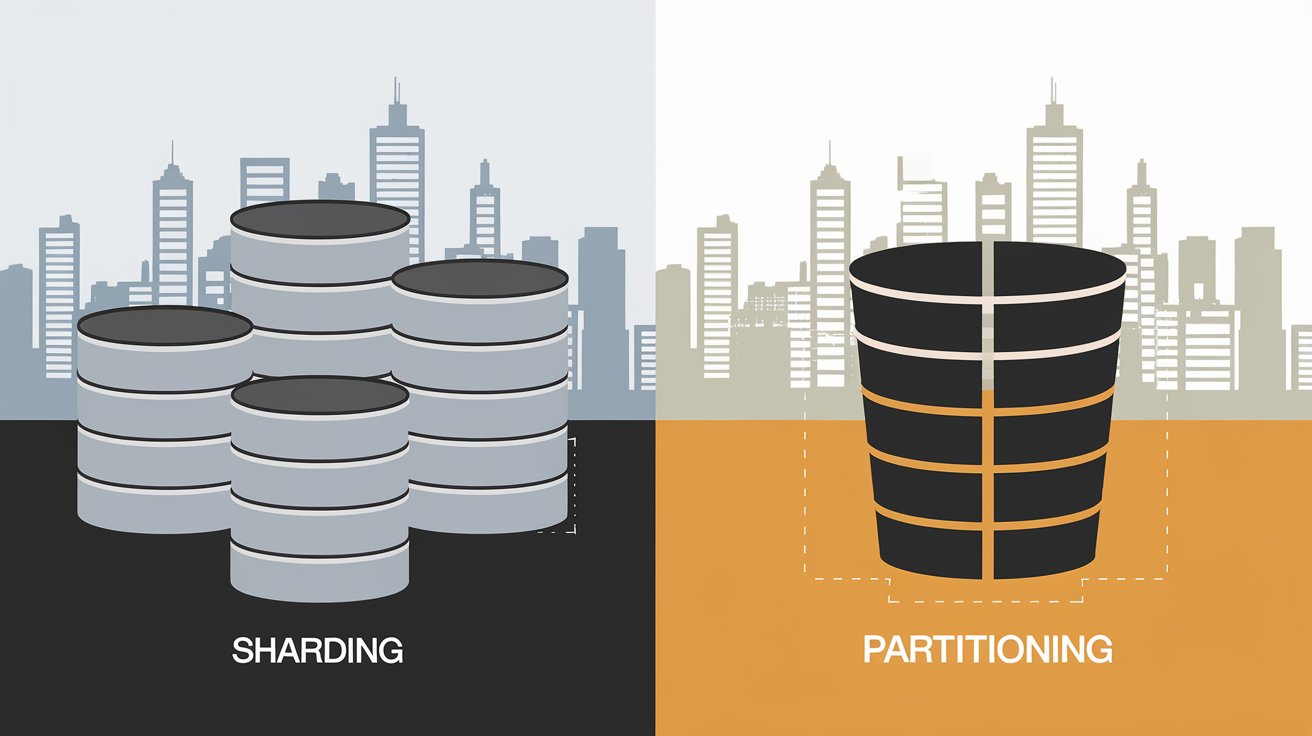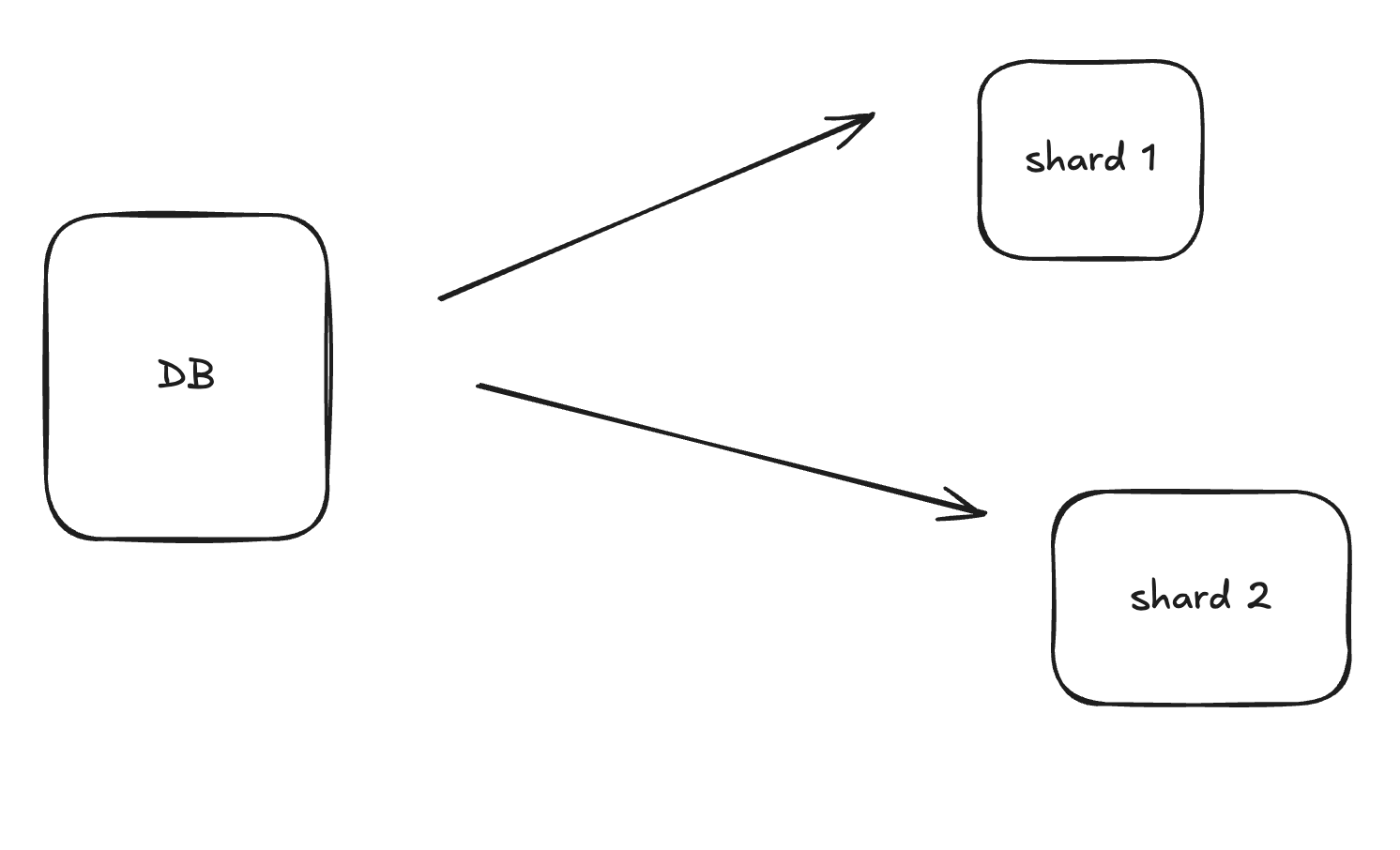Sharding vs Partitioning: What’s the Difference?
 sathwikreddy GV
sathwikreddy GV
Introduction
In a recent interview, I was asked about the difference between Sharding and Partitioning in the context of databases, and I couldn't answer properly. In this blog, we will learn what are they and the difference between them.
Why “Shard or Partition” a Database?
The terms Sharding and Partitioning come into play when you have to scale your database. When there is a lot of traffic coming to access your database, you will need to either Shard or Partition your database to make your queries faster and serve requests faster. Both of them are database partitioning techniques. Now let’s look at them individually.
Partitioning
Database partitioning involves dividing the data in an application's database into distinct segments, or partitions. Partioning can be of different types like Horizontal partitioning, Vertical partitioning, Range partioning etc..
Horizontal partitioning is when you divide a table by rows. Vertical partitioning is when you divide columns into different tables. You can choose the type of partitioning based on your query patterns. For example, you might choose vertical partitioning if your queries only access specific columns in a table with many columns. By splitting the table into two different tables, you reduce the amount of data read from the disk, which can significantly speed up queries. You can learn about all types of partitioning here.
Sharding
Database sharding is the process of distributing a large database across multiple machines to improve performance and scalability. Each shard is a partition, but sharding specifically focuses on distributing these partitions across different physical nodes to handle large-scale data more efficiently.

It is important to note that the data is stored across multiple database servers which are called shards.
For example, if you have user data in two different countries, you can shard the data based on the location and locate the servers in the respective countries. This makes the queries faster for both the countries.
Comparison
Sharding can be considered a subset of partitioning (specifically, horizontal partitioning), while partitioning is a broader concept that refers to dividing data into smaller chunks. Sharding always involves storing data across multiple database servers, whereas partitioning does not necessarily mean that.
Now you know the differences between sharding and partitioning. Thanks for reading, and happy coding!
Subscribe to my newsletter
Read articles from sathwikreddy GV directly inside your inbox. Subscribe to the newsletter, and don't miss out.
Written by

sathwikreddy GV
sathwikreddy GV
Seeking to make an impact in the field of software engineering.